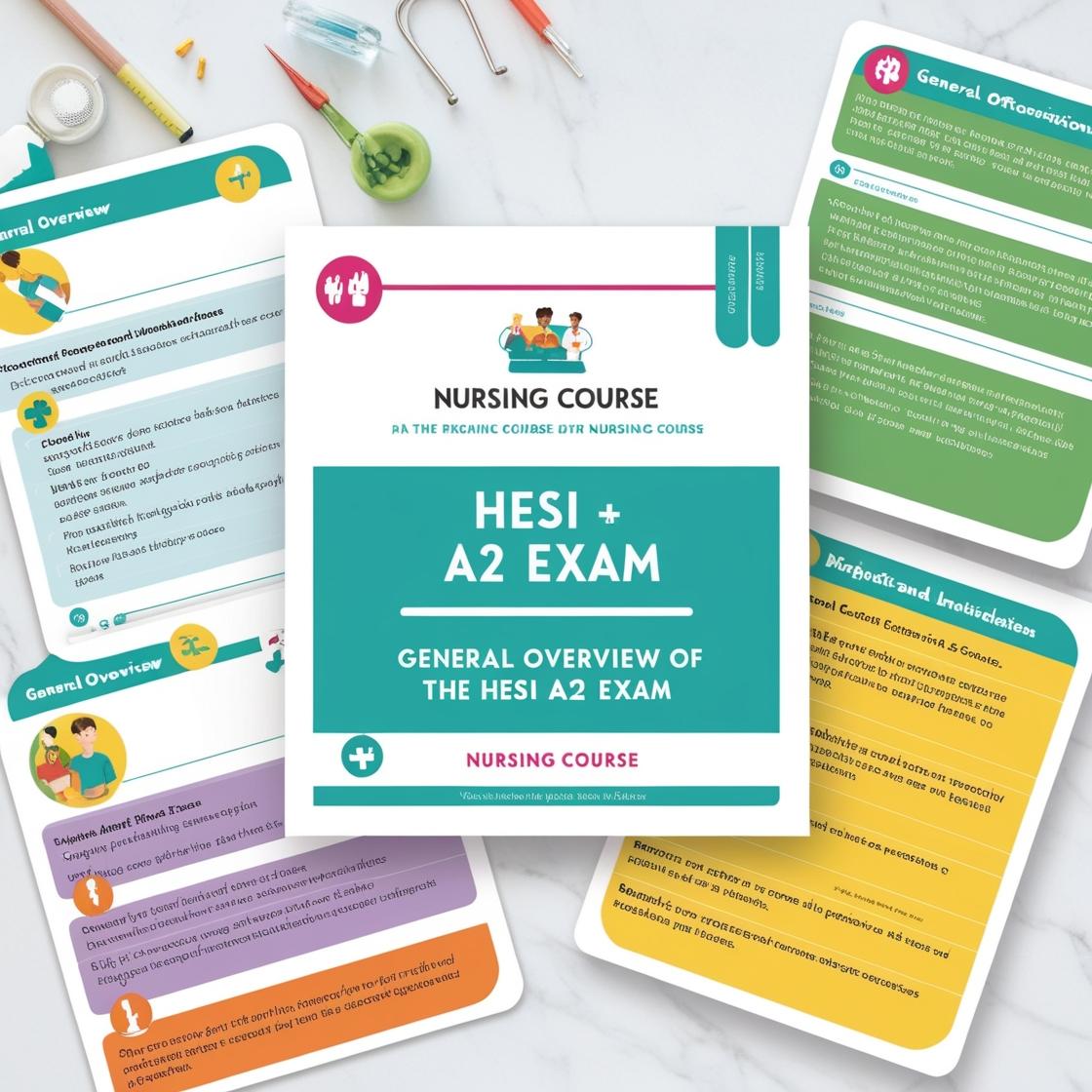HESI A2
HESI A2 Math
1. What is the greatest common factor (GCF) of 12 and 18?
- A. 2
- B. 3
- C. 6
- D. 9
Correct answer: C
Rationale: The greatest common factor (GCF) of two numbers is the largest number that divides both numbers without leaving a remainder. To find the GCF of 12 and 18, we factorize each number: 12 = 2 x 2 x 3 and 18 = 2 x 3 x 3. The common factors are 2 and 3. The GCF is the product of these common factors, which is 6. Therefore, 6 is the greatest common factor of 12 and 18. Choice A (2) and Choice B (3) are factors of both numbers but not the greatest common factor. Choice D (9) is not a factor of both 12 and 18, making it incorrect.
2. A nurse administers 150mg of medication every 4 hours. How many milligrams will the patient receive in 24 hours?
- A. 300mg
- B. 600mg
- C. 750mg
- D. 900mg
Correct answer: D
Rationale: Rationale: - The patient receives 150mg of medication every 4 hours. - To calculate how many milligrams the patient will receive in 24 hours, we need to determine how many times the medication is administered in 24 hours. - Since the medication is administered every 4 hours, there are 24 hours in a day, so the medication will be administered 24 / 4 = 6 times in 24 hours. - Therefore, the total amount of medication the patient will receive in 24 hours is 150mg x 6 = 900mg.
3. Farmer Juan has 14 acres with an average yield of 17460 eggs per acre. The profit per egg is $1.65. What profit should Farmer Juan expect?
- A. $403,326
- B. $148,145.45
- C. $244,440
- D. $2,057.79
Correct answer: A
Rationale: To calculate Farmer Juan's profit, multiply the number of acres (14) by the yield per acre (17460 eggs) and by the profit per egg ($1.65): 14 acres * 17460 eggs * $1.65 = $403,326. Therefore, Farmer Juan should expect a profit of $403,326. Choice A is correct as it accurately calculates the total profit based on the given information. Choices B, C, and D are incorrect as they do not correctly compute the total profit from the provided data.
4. Two buildings in downtown Chicago stand across the river. The first building is 1,700 feet tall and casts a shadow of 525 feet. If the second building is 1,450 feet tall, how long will its shadow be?
- A. 478 feet
- B. 455 feet
- C. 448.5 feet
- D. 450 feet
Correct answer: C
Rationale: To find the shadow of the second building, we use the ratio of heights to shadows: 1,700/525 = 1,450/x. Solving for x gives x = (525 × 1,450)/1,700 = 448.5. Therefore, the shadow of the second building will be approximately 448.5 feet long. Choice A (478 feet) is incorrect because it is not the result of the correct calculation. Choice B (455 feet) is incorrect as it does not match the accurate answer obtained through the calculation. Choice D (450 feet) is incorrect as it does not reflect the correct length of the shadow of the second building.
5. A school has 500 students, and 60% of them are girls. How many girls are there in the school?
- A. 250 girls
- B. 300 girls
- C. 200 girls
- D. 350 girls
Correct answer: B
Rationale: Correct! To find out how many girls are in the school, you need to calculate 60% of 500. 60% of 500 is 0.6 * 500 = 300. Therefore, there are 300 girls in the school. Choice A (250 girls) is incorrect because 60% of 500 is not 250. Choice C (200 girls) is incorrect as it is less than 300. Choice D (350 girls) is incorrect as it is more than 300.
Similar Questions

Access More Features
HESI A2 Basic
$99/ 30 days
- 3,000 Questions with answers
- 30 days access @ $99
HESI A2 Premium
$149.99/ 90 days
- Actual HESI A 2 Questions
- 3,000 questions with answers
- 90 days access @ $149.99
